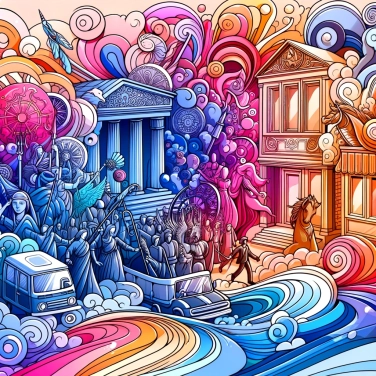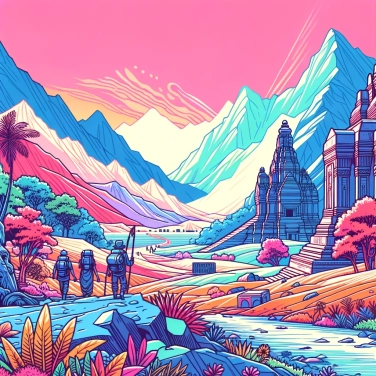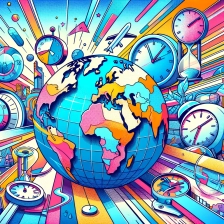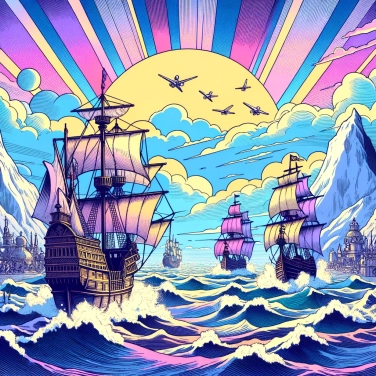In detail, for those interested!
The preparation of the expedition
Magellan's expedition was meticulously prepared over several years. Ferdinand Magellan, a Portuguese navigator in the service of Spain, aimed to find a maritime route to the Spice Islands by circumnavigating South America. To do this, he had to obtain financial support from King Charles I of Spain, as well as permission to conduct this risky expedition.
Magellan recruited a team of experienced sailors from various European countries. He also ensured that his ships, especially the fleet of five caravels and galleons, were equipped with all the necessary materials for a long and perilous journey. Food provisions, sufficient drinking water, weapons, navigation tools, and maps were carefully prepared to face the unknown challenges that awaited them.
Training the crew was a crucial step in the preparation. Magellan made sure his men were trained in the latest navigation techniques, disciplined, and ready to face the dangers of the ocean. Each member of the crew had to be prepared to endure long hours at sea and the often difficult conditions on board the ships.
Finally, logistical planning was essential. Magellan meticulously mapped out the expedition's itinerary, taking into account the winds, ocean currents, and potential stops. The meticulous preparations made before departure were essential to ensure the smooth running of this extraordinary adventure.
Discoveries during the journey
During Magellan's expedition, many discoveries were made. First, the crew sailed through the strait that now bears the name of the famous explorer. This passage between the Atlantic Ocean and the Pacific Ocean opened up new possibilities for maritime trade, offering a shortcut to the rich lands of Asia.
Next, the expedition reached the Philippines, where Magellan himself died in a local battle. Despite this loss, the crew members continued their voyage westward. They thus proved that the Earth was indeed round by returning to their starting point from the west, confirming the theory of Earth's circumnavigation.
During their journey, Magellan's sailors also mapped many previously unknown islands and coasts, thus contributing to the expansion of geographical knowledge at the time. Their voyage opened up new maritime routes and laid the foundations for future intercontinental explorations and exchanges.
The completed circumnavigation
After crossing the strait that now bears his name, Ferdinand Magellan and his crew sailed through the Pacific Ocean. The journey was extremely difficult, marked by hunger, thirst, and diseases. Despite these challenges, Magellan continued to push forward, determined to achieve his goal.
Upon reaching the Philippines, Magellan became involved in a local conflict and was killed in battle. However, his expedition continued under the command of Juan Sebastián Elcano. Eventually, after crossing the Indian Ocean, the Cape of Good Hope was passed, marking the first circumnavigation of the Earth.
Magellan's expedition lasted a total of three years, and out of the five ships that initially left Spain, only one returned safely, laden with precious spices. This circumnavigation not only proved that the Earth was round, but also opened up new trade routes and demonstrated man's capabilities to explore and conquer the limits of his world.
![Explain why some countries change time zones?]()
![Explain why Alexander the Great refused to wear shoes.]()
![Explain why Alexander the Great always wore an impressive helmet.]()
![Explain why the last Chinese emperor was so young when he came to power?]()




















